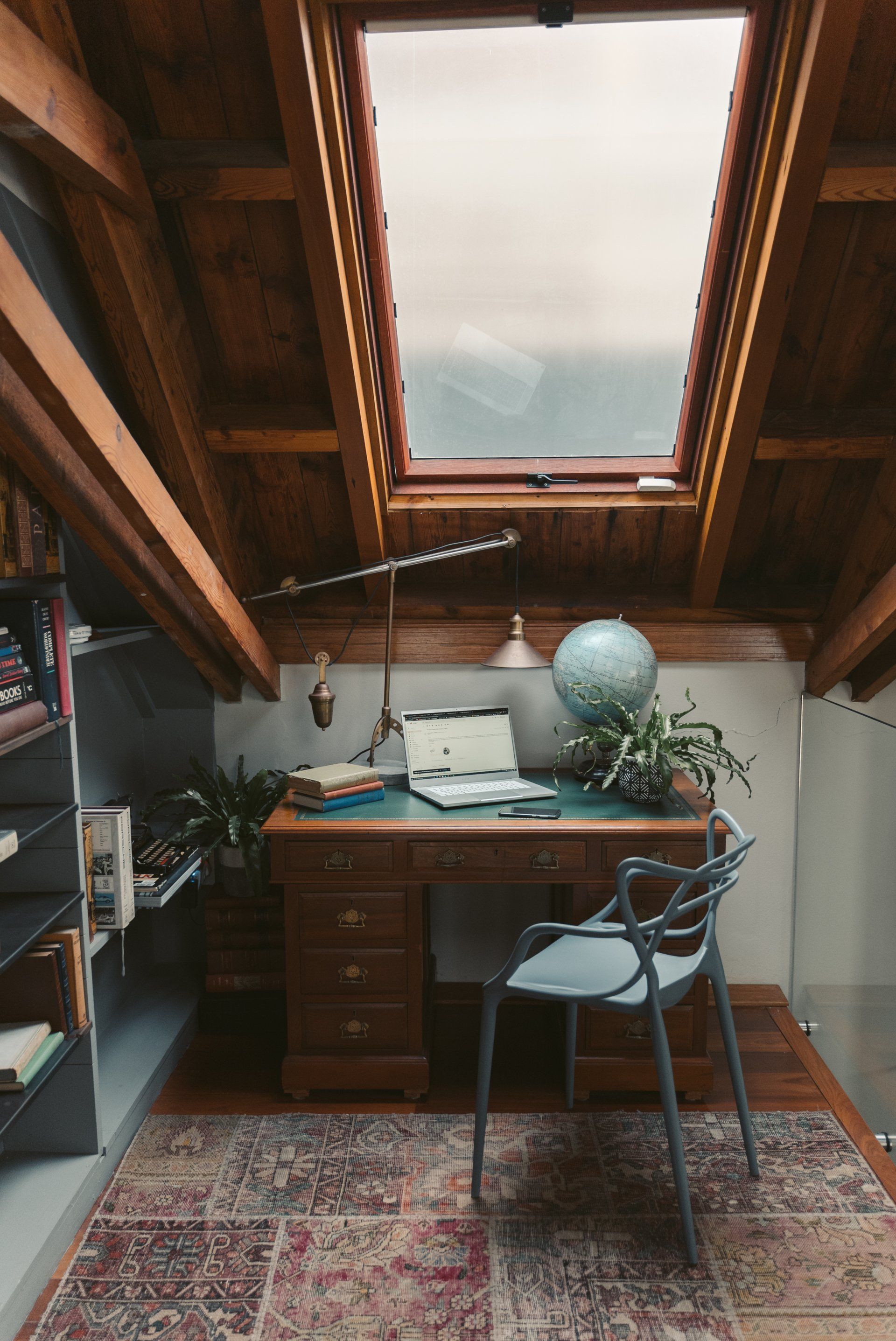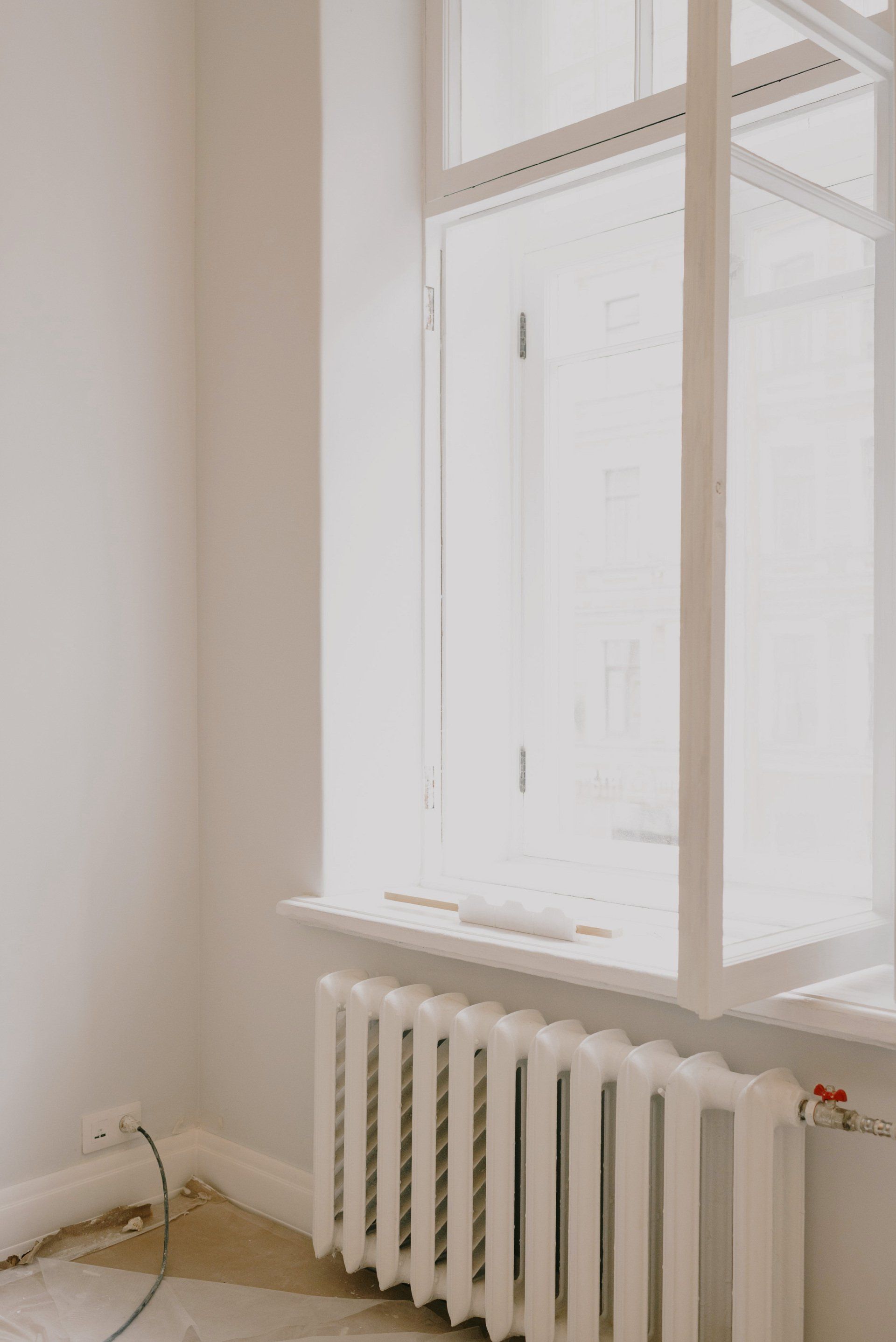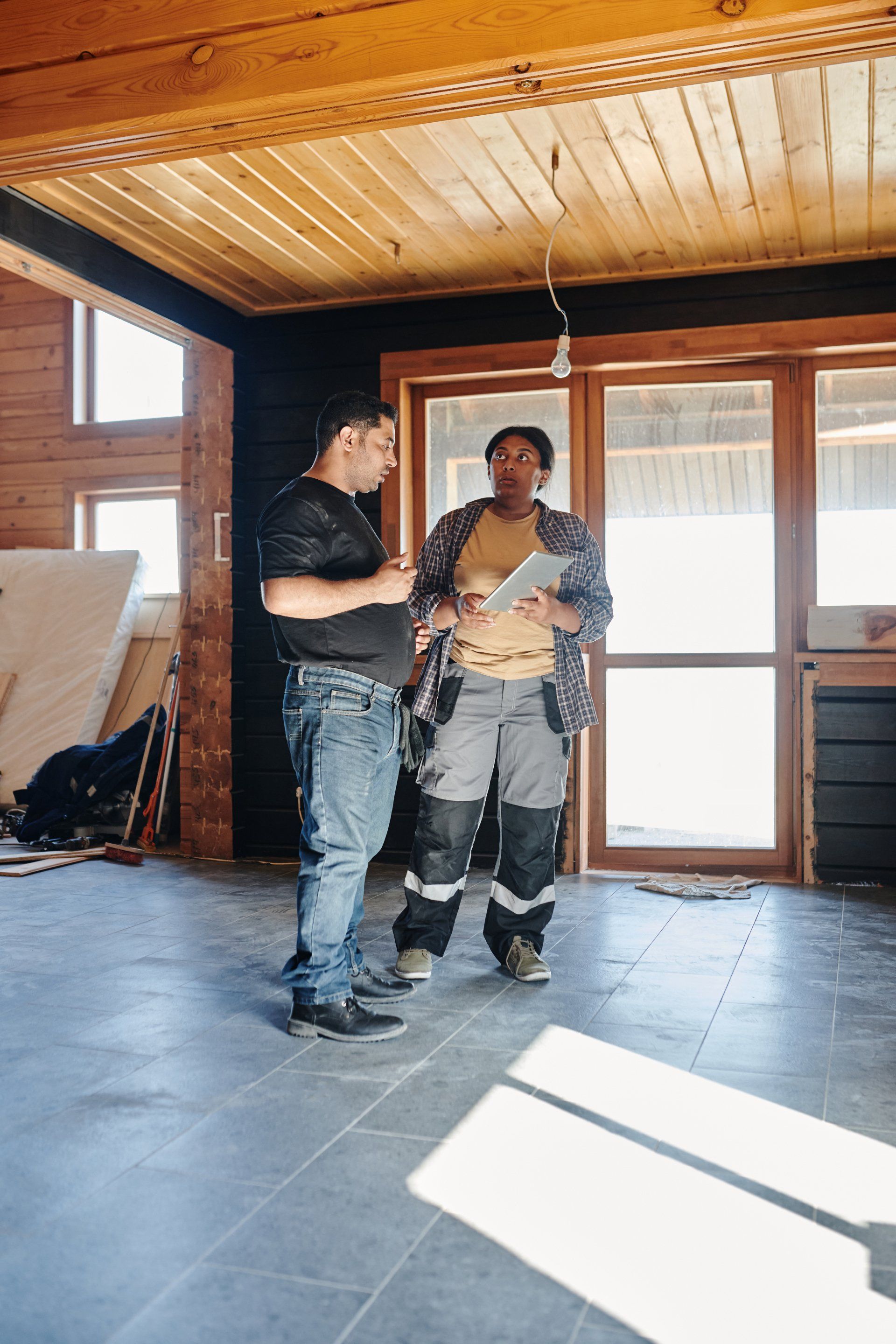A Step by Step Guide on How to Insulate an Attic That Is Unfinished
A Step by Step Guide on How to Insulate an Attic That Is Unfinished
Insisting on adequate insulation for the floors of the attic, which isn't finished, is the most cost-effective method to make your attic more insulated. This will create an obstacle in blocking heat from passing through the ceiling. In addition, many homes contain some form of insulation in the area between the roof and your house. It's simple to add insulation with the proper quantity.
1. Set a moveable platform in the desired location.
Planks or plyboards can be used to create a secure walking area. The platform should extend over a minimum of three-floor joists to ensure stability. Do not step across the joists of your attic without having a secure platform that can support your weight.
2. Provide a moisture barrier.
Do not skip this procedure if you're adding on to existing insulation.
If your attic does not have insulation or you've taken out all of the old insulation, you'll require an airtight barrier to keep moisture out in between warm air inside your home as well as the cool air of the attic. A majority of builders and homeowners install polyethylene sheets under loose-fill insulation.
Blanket insulation usually includes a foil or backing made of paper to keep moisture out. Once you have applied one layer, no barrier should be erected between the layers. In reality, it is possible for moisture to grow between these barriers if the barrier is left in place. When you are installing blanket insulation, take off any excess backing.
3. The hatch should be insulated.
The blanket insulation material is by far the simplest material for this project. You can cut two blankets into an incredibly thick pad. Staple the pad to the edges of the hatch to hold it in the right place. Additionally, you can apply weather stripping to the door of the hatch to ensure an encapsulated seal.
4. Install your blower (for loose-fill insulation only).
When making loose-fill insulation, work with a friend. Set the blower outside, near an attic vent or window access. Then, you can snake the hose that is attached to it to the ceiling. Cover the couplers of the hose with duct tape following attachment to stop couplers from bouncing loose when the process is in progress.
The assistant will break the insulation that is loose into the hopper as you manage the hose in the attic. This will prevent obstructions within the hose. Before you start working, make an enclosure around the hatch to ensure that the material doesn't escape while you work. Also, mark the trusses to the fill level you want to use to allow you to see better as you work.
5. Begin by tracing the wall that is closest to the door or hatch.
Whatever kind of insulation you choose to use, you should work backwards to ensure you don't get caught in an awkward corner. If the insulation is blanket, measure and cut pieces and then place them on top of the joists. Continue to layer until you've layers of insulation that are deep enough to completely cover the tops of the joists. If you're using loose-fill insulation, move the hose toward the eaves and then fill the eaves first.
Also, make sure to fill in tight areas in advance to prevent gaps. For this, cut the blanket insulation in order to be able to fit snugly within the gaps. Be careful, as pushing the insulation into narrow corners could create air pockets. If you're using insulation that is loose, connect a length of PVC pipe on the other end of the hose using duct tape to reach those areas that are difficult to reach.
Edmonton Insulation Quote
We will get back to you as soon as possible
Please try again later


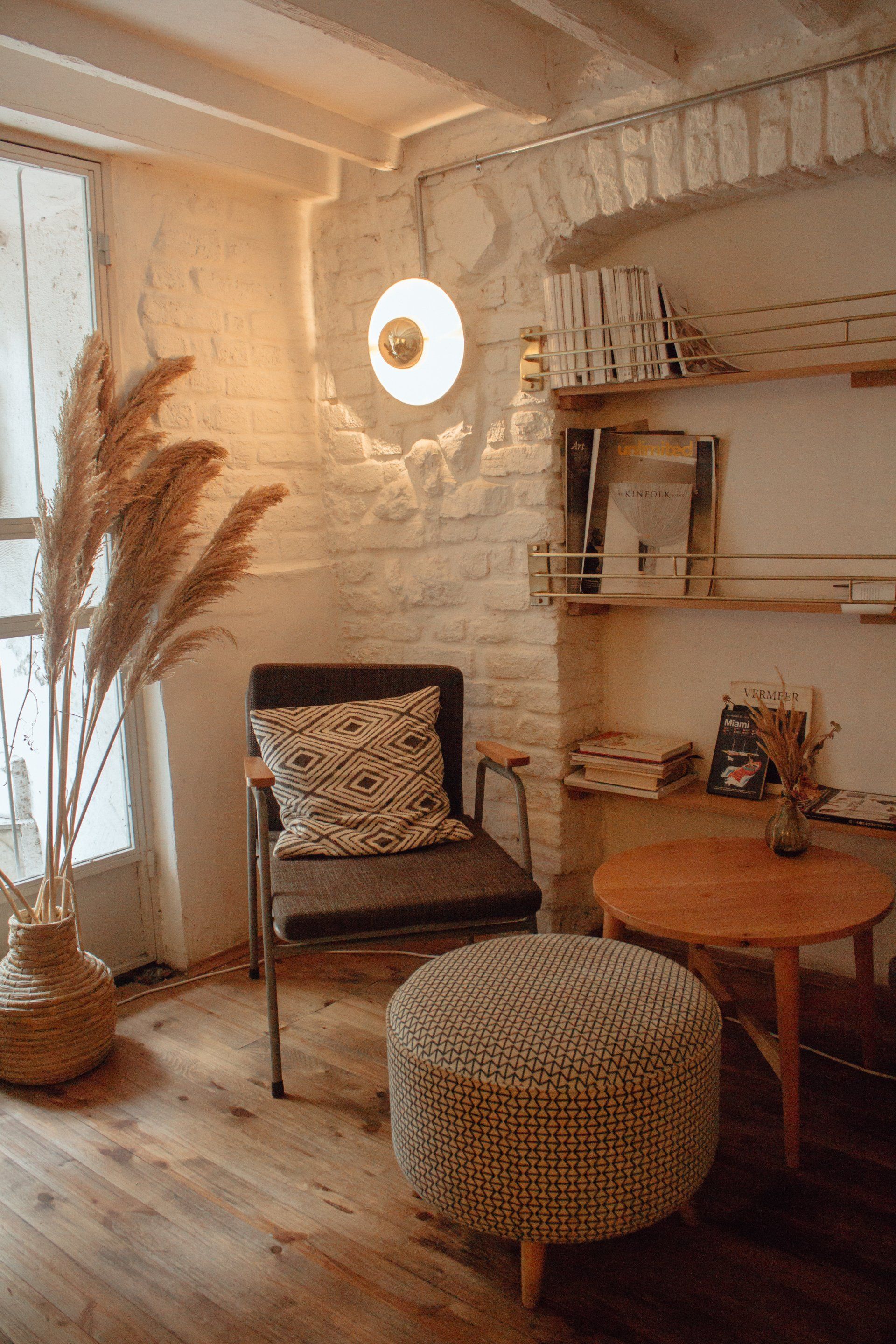
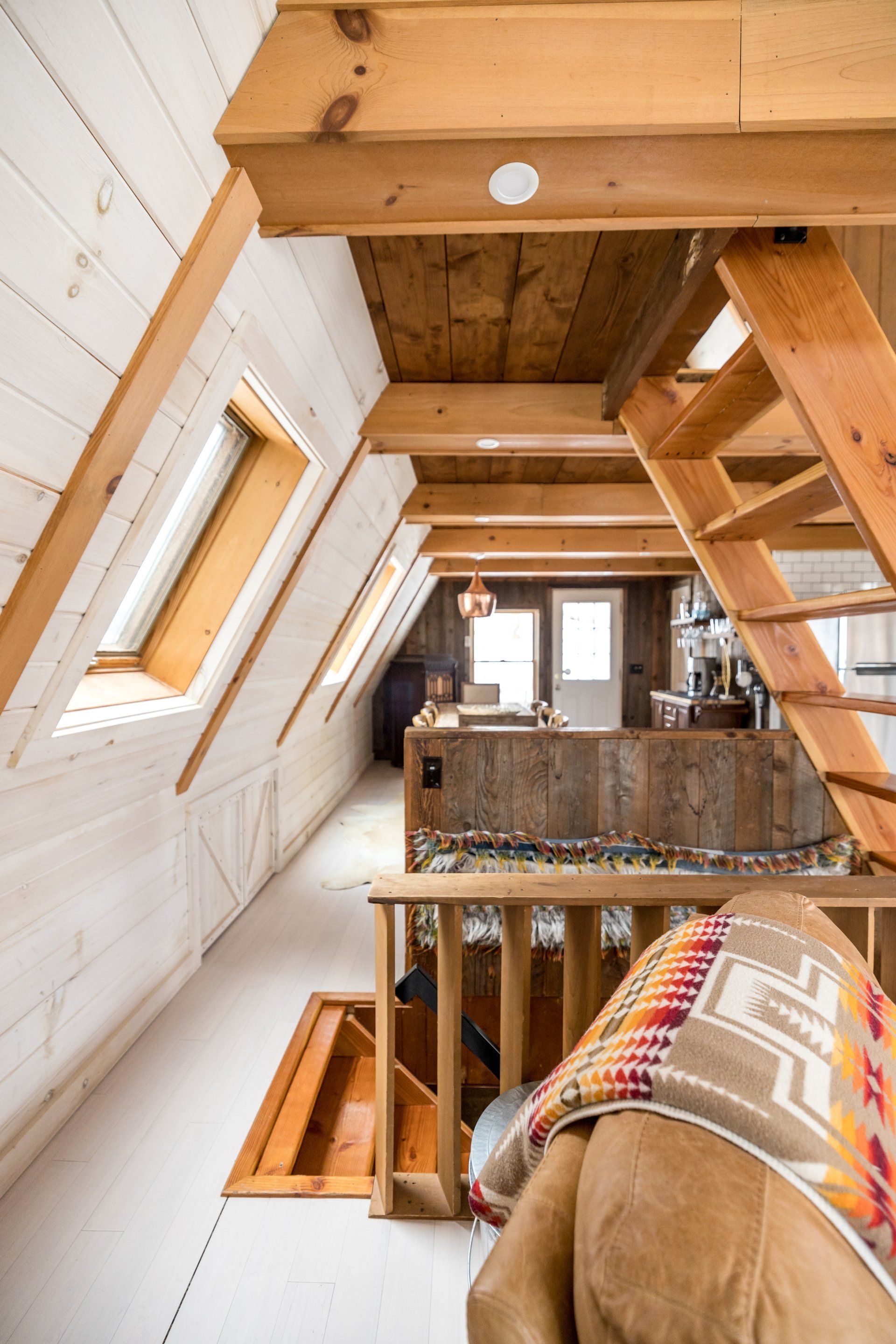
Let’s talk about your project
Fill in the form or call to set up a meeting at 587-803-2336.
Edmonton Insulation Quote
We will get back to you as soon as possible
Please try again later

Edmonton Insulation Dynamos
10250 118 St NW 302 C, Edmonton, AB T5K 1Y5
Follow Us
Disclaimer - This is a referral site. All work is performed by a licensed partner company.
